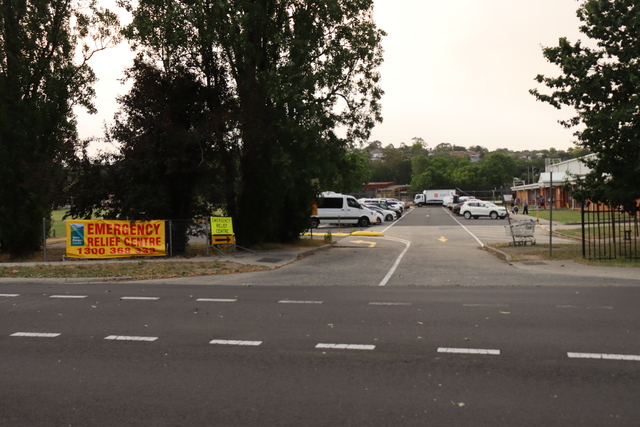A travelling astrophotographer from Mount Burnett Observatory (MBO) has captured an image of the bright comet which has been travelling the skies since late September.
The recent appearance of C/2023 A3, also known as Tsuchinshan–ATLAS in the early morning skies has had local astrophotographers happily getting up early to snap a picture.
Volunteer Outreach Coordinator at MBO Deborah Barber was recently staying out of state in West Wyalong in New South Wales when she snapped a few images of the comet.
“The location I shot from had some open spaces and a good view – even then I almost missed getting the shot,” she said.
The comet was discovered in January of 2023 and has caused much excitement amongst the astrophotography community.
Using a decent set of binoculars on a tripod, Ms Baber used an adapter that allows her to connect her mobile phone to the eyepiece.
“Honestly, anyone can do astrophotography with some simple equipment,” she said.
“This is something I show the general public as an alternative to the whizz-bang mega-expensive setups some of our other photographers have.”
“So while my images are not up there with some of the best, I like the results I get and enjoy just getting out there and giving it a try – I hope it encourages other to just get out there and have a go.”
Ms Barber came to MBO while studying astronomy at university,
“I have always loved looking to the skies and decided to learn what I was actually looking at,” she said.
“When it comes to astrophotography, I am a mega amateur and pick things up from other more experienced astrophotographers around me.”
“I also do things a little differently as I travel around in my campervan, I don’t have a lot of space.”
Ms Barber and a number of others from MBO Outreach team recently attended Starfest at the Sliding Spring Observatory in Coonabarabran, NSW over the weekend of October 4 and 5.
“We had a very busy day,” said Ms Barber.
“I absolutely love volunteering at MBO. It’s an amazing association very dedicated to teaching the general public about the night sky,” she said.
The comet has been predicted to pass almost directly between Earth and the Sun on October 9 and 10.
Afterwards, it will appear in the evening sky to the west and should be visible for a few days from October 12.







